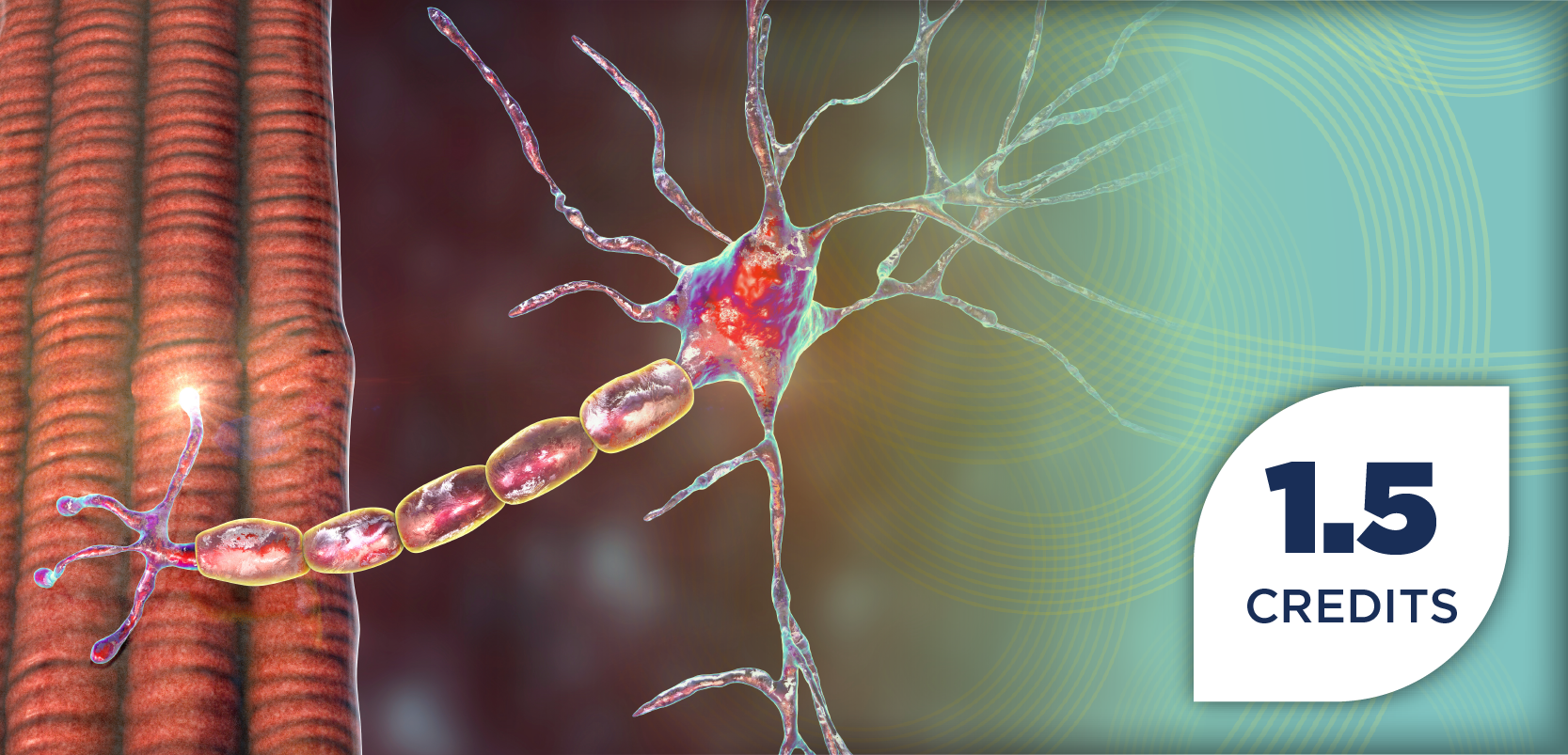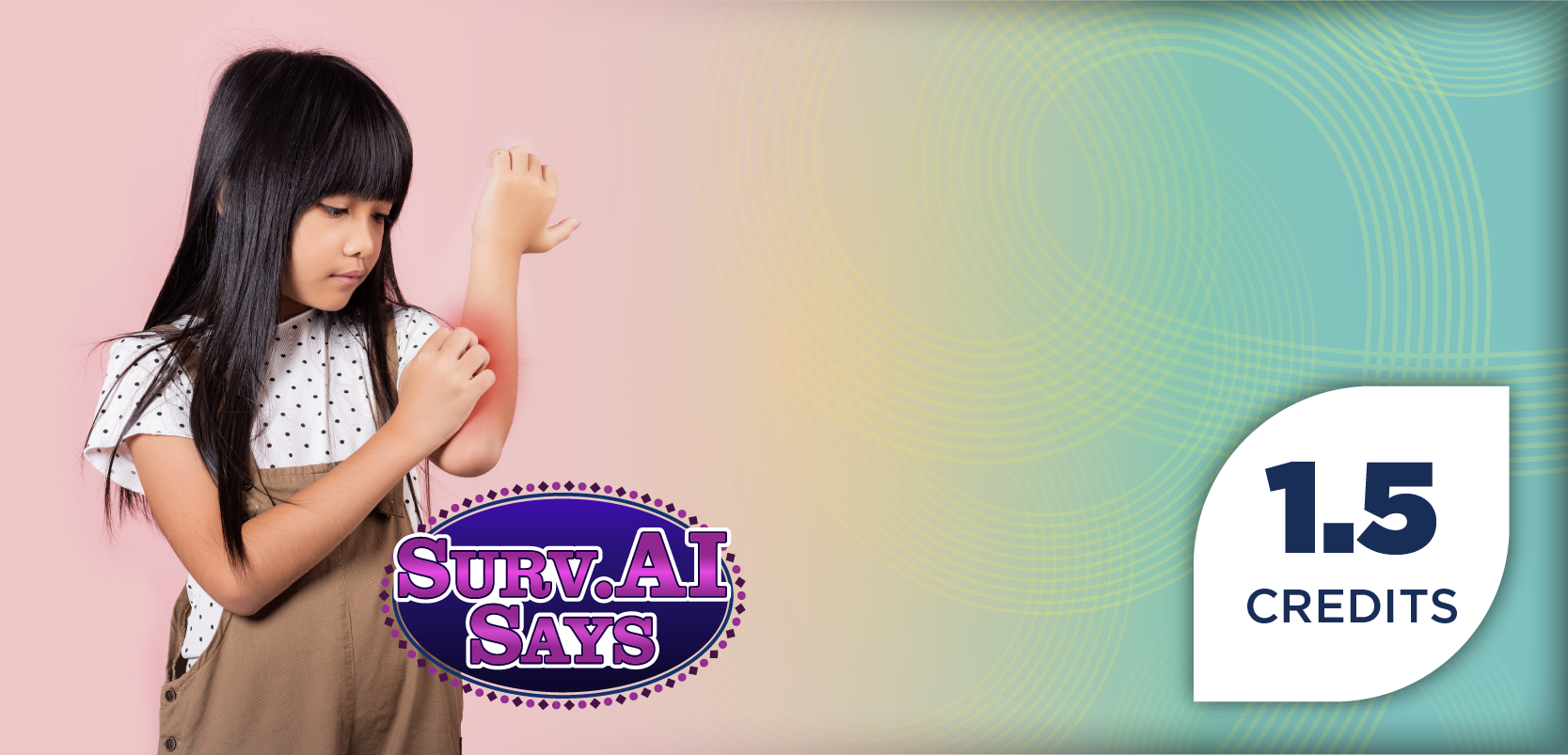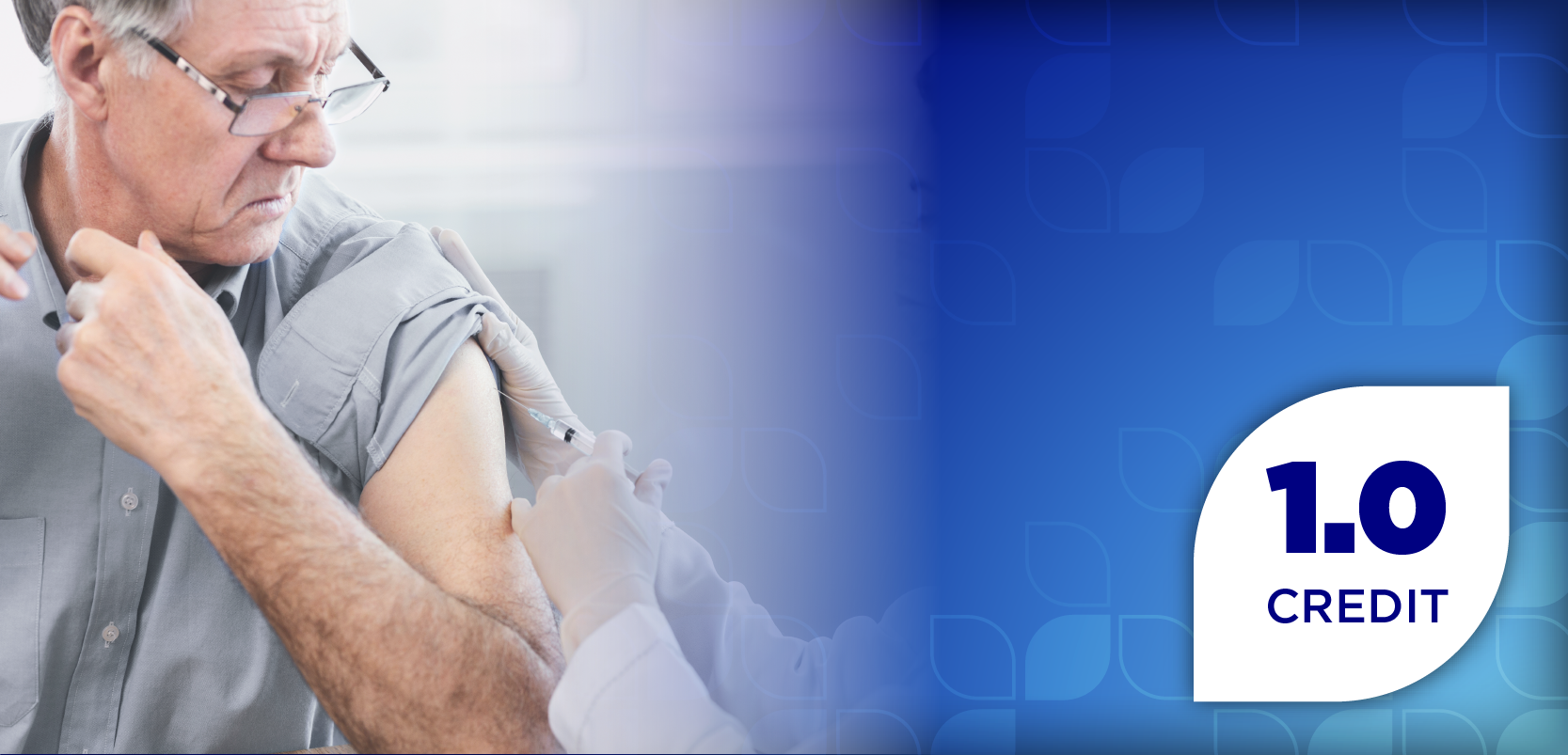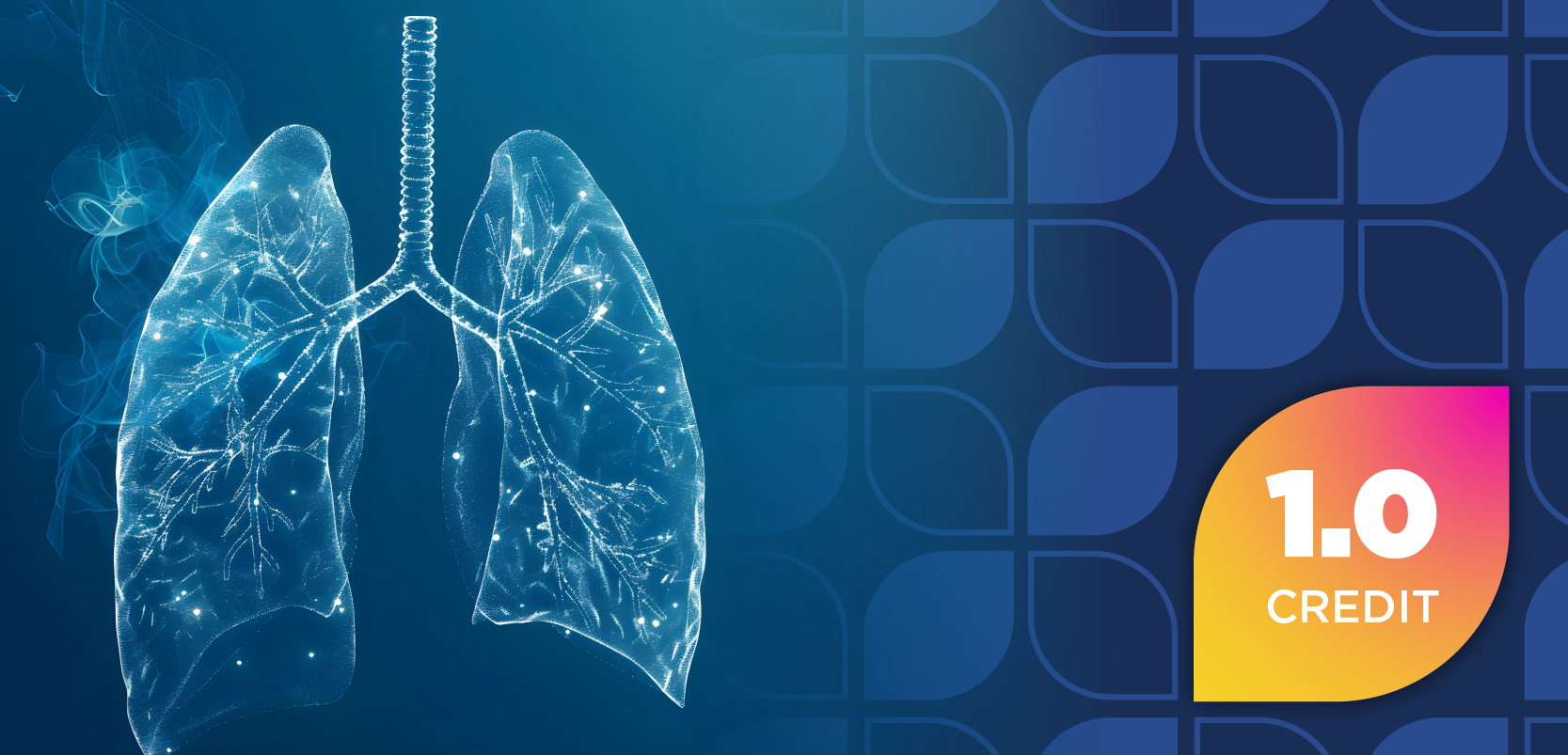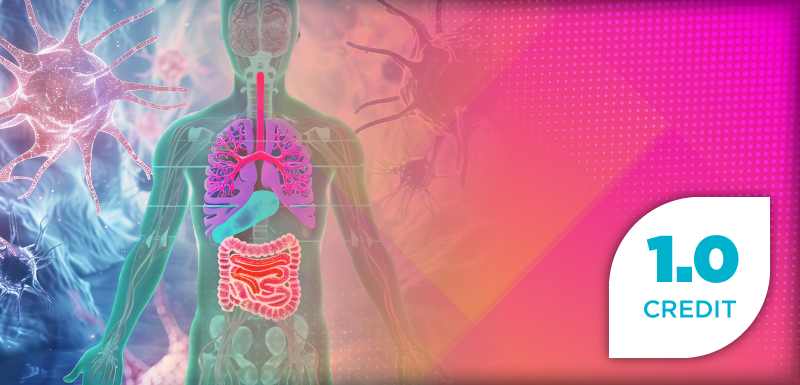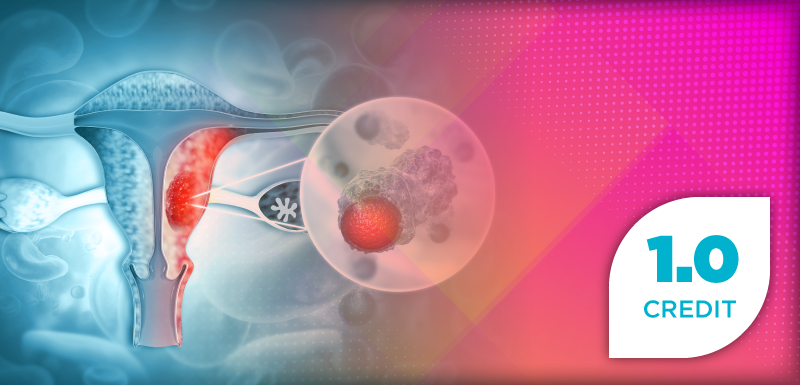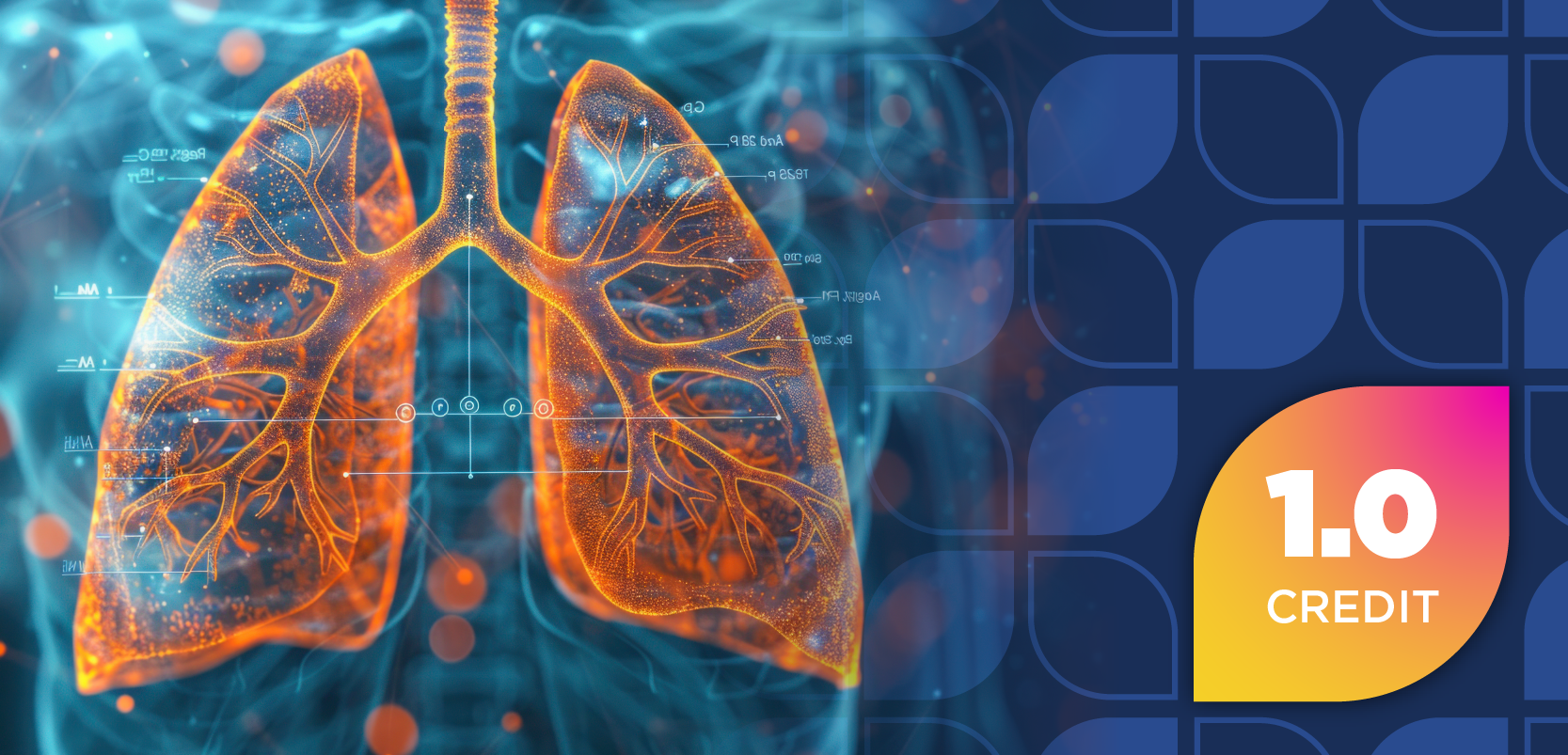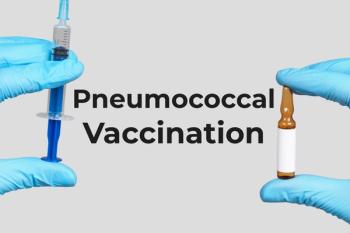
Non-Oral Therapies Have Made Significant Progress in Treating Shingles Pain
Researchers conducted a review of clinical studies to better understand non-oral drugs for the treatment of pain related to herpes zoster.
Non-oral drug regimens have exhibited significant progress in the treatment of herpes zoster-related pain (ZRP), according to data published in Frontiers in Pain Research.1 However, after completing their review, investigators suggested that safety and relevance of treatment be prioritized as more research uncovers the benefits of non-oral drugs for patients with ZRP.
“ZRP is pain caused by Varicella-zoster virus (VZV) infection that significantly affects the quality of life of patients,” wrote authors of the study. “More than 90% of the world's population is infected with VZV during childhood, and as specific immunity wanes, the virus can reactivate, leading to herpes zoster and associated pain.”
Herpes zoster, also known as the shingles virus, impacts a third of all US patients in their lifetime, according to the CDC.2 VZV infection—also known as chickenpox—impacts a majority of the global population during childhood. The virus then stays dormant and gets increasingly more likely to present itself as herpes zoster in older age.
Regarding the relationship between herpes zoster and pain, the virus impacts patients in the formation of a rash, with descriptions of ZRP explained as a “cutting” or “electric shock” type of pain.1 There are multiple treatment options currently accepted for ZRP, including antiviral therapies, corticosteroids, and analgesics. However, with each type of medication having its benefit, these 3 classes of drugs also have inefficiencies that make treating ZRP difficult.
“Even when multiple oral medications are combined, pain relief is often incomplete, highlighting the complexity of [postherpetic neuralgia] management,” wrote the authors. Postherpetic neuralgia (PHN) is also known as chronic ZRP and is the main target for treating pain in patients with herpes zoster.
READ MORE:
“Finding more effective and safer treatments has become a focus of research. In this paper, we review the research progress of non-oral drug treatment of ZRP, focusing on summarizing its action, safety, and mechanism to provide clinical reference,” they continued.1
For such a globally prominent disease, current treatment options are lacking. Since many of the accepted therapies are taken orally, yet have shown varied results of ineffectiveness, researchers looked to non-oral alternatives for treating ZRP. The 6 treatment options researchers explored discussed a variety of injectable medications, along with a unique use of electrical stimulation.
The non-oral therapies researchers explored in the study included epidural or intrathecal injection of cortisol hormone, botulinum toxin type A (BTX-A) injection, platelet-rich plasma (PRP) injection, sympathetic nerve block injections, pulsed radio frequency, and spinal cord stimulation.1
Cortisol hormone injections have been an option for treating PHN because of their anti-inflammatory mechanisms. However, they showed little effectiveness in preventing PHN and exhibited multiple side effects, highlighting the controversy that surrounds cortisol hormones for ZRP.
“BTX-A injection, an emerging therapy for ZRP treatment, has shown significant pain relief. The mechanism of action may include reducing neurogenic inflammation and preventing peripheral sensitization,” wrote the authors.1 Compared with cortisol hormones, BTX-A injection is a much more viable option for treating ZRP, despite the possibility of adverse effects. “In conclusion, although BTX-A has demonstrated positive effects in ZRP treatment, rigorous evaluation before injection remains crucial.”
PRP showed similar results than that of BTX-A injections. With a high safety profile and potential for reducing inflammation and pain, patients considering PRP must be properly screened before use to avoid any adverse reactions. For the last injectable therapy explored in the review, sympathetic nerve blocks demonstrated high potential for efficacy, yet pre- and post-injection monitoring is crucial for ensuring effectiveness.
Researchers then explored more novel treatment options for relieving ZRP, known as pulsed radio frequency (PRF) and spinal cord stimulation (SCS).
“PRF is a minimally invasive, targeted treatment technique that avoids nerve damage by controlling heat, can both effectively relieve ZRP, and shows good efficacy and relatively few adverse events,” they wrote.1 “Patients should be adequately evaluated preoperatively and monitored postoperatively during implementation [of SCS], and further research and clinical practice will help to explore the potential of SCS in ZRP therapy and provide more effective pain management programs for patients.”
Heightened caution is advised when looking to non-oral therapies for the treatment of ZRP. Despite this, researchers have identified significant progress toward better ZRP treatment options. As more research is conducted on non-oral therapies, patients experiencing ZRP may have more useful and better symptom-relieving medications in the future.
“In summary, although these approaches can provide pain relief for patients, they need to be implemented with caution, especially when considering the destructive nature of dorsal root ganglia and the potential adverse events of intrathecal methylprednisolone injections,” they concluded.1 “Therefore, larger, multicenter clinical trials are urgently needed to clarify the exact efficacy and side effects of these minimally invasive interventional techniques and to explore their applicability and mechanisms in the management of other virus-induced neuropathies.”
READ MORE:
Ready to impress your pharmacy colleagues with the latest drug information, industry trends, and patient care tips? Sign up today for our
References
1. Wang Y, Shen Y, Guo H, et al. Non-oral pharmacological interventions in the management of herpes zoster-related pain: a review of current research. Front Pain Res (Lausanne). 2024 Nov 27;5:1485113. doi: 10.3389/fpain.2024.1485113.
2. About Shingles (Herpes Zoster). CDC. January 17, 2025. Accessed February 11, 2025. https://www.cdc.gov/shingles/about/index.html
Newsletter
Pharmacy practice is always changing. Stay ahead of the curve with the Drug Topics newsletter and get the latest drug information, industry trends, and patient care tips.





